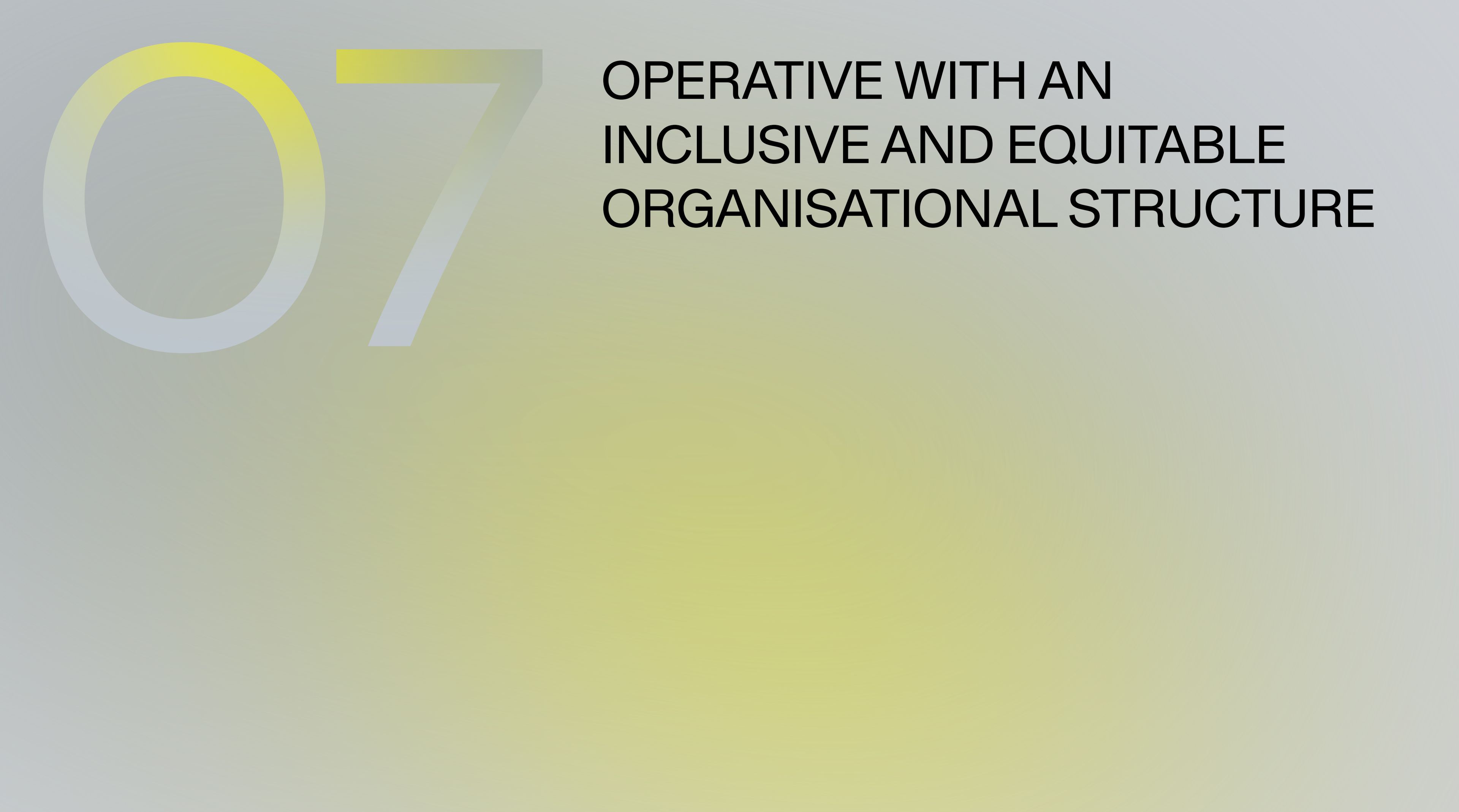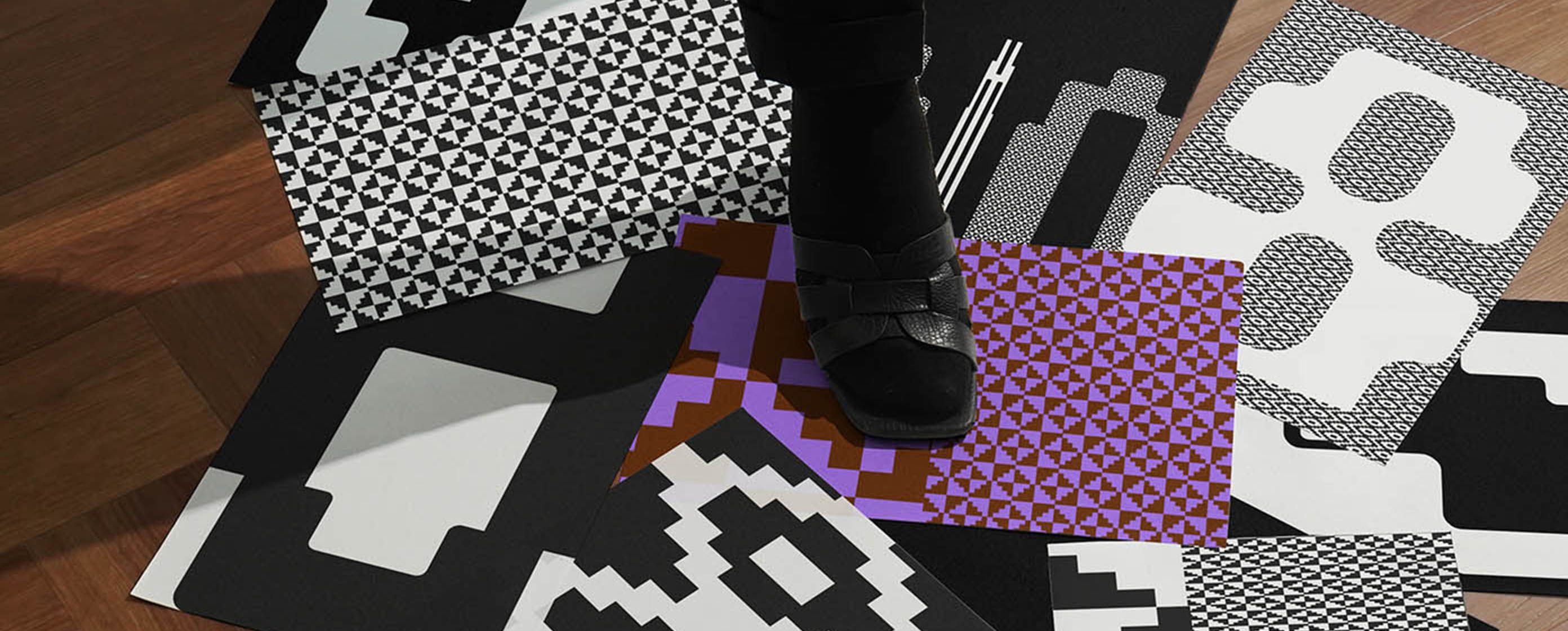
How can designers hold open the door for radical inclusion?
Make it welcoming. Foster a sense of belonging. Promote reconciliation. In 2025, it’s not uncommon for a designer to be tasked with achieving community inclusion through accessible design. Meeting these standards can be challenging, usually forcing us to confront the powers that be while also confronting ourselves.
It gets even trickier when dealing with the frequent factors of tight budgets and few toolkits to work off of. Sometimes, too, there is an appeal not just for accessibility but radical accessibility.
Yet, what is the work of designers but to grapple with socioeconomic complexities and turn them into materialities that humans can be moved by? At Otherness, some best practices have led the way forward and keep us forward-looking.
Understand the terms
First, define what accessibility really means. The term has become a DEIB checkbox in some corners of society, but behind it are discrete expectations that should be understood, especially before adding any qualifiers, like “radical.”
Accessibility is an actionable concept. It has clear legal definitions with day-to-day implications for choices around physical features, such as colour, contrast, and scale. Some dimensions of accessibility compliance are black and white – national disability regulations and the Web Content Accessibility Guidelines (WCAG), for example. But most inhabit a grey area, where context-defined ethical parameters dictate how to go about a design, be it an editorial campaign for an NGO that helps scale small coffee co-ops or an entire brand system for a clinical research software platform.
Radicality is an ethos. Its principles operationalize an organization’s or an ideology’s position in the service of spurring structural societal change. Whether modifying feminism, candour, or hospitality, “radical” implies the unearthing of that which undergirds a system – the word comes from the Latin for “root.” Radical accessibility is therefore as much a method as it is a mandate to design for people with diverse abilities and disabilities as well as intellectual, social, cultural, and economic differences.
Listen well, listen widely
So how to start executing on a design brief that strives for such ideals in inclusivity? The next step is a step back – to listen.
Long before Joel Derksen founded Otherness, he worked at IDEO, where design thinking was a daily exercise in, essentially, radical listening. The experience proved that communicating with the actual people for whom a design is intended makes their needs the starting point of any solution. And listening on this level demands that project strategists also come from non-commercial backgrounds. In other words, when handling any deep, delicate subject matter, have enough humanitarians in the room.

Part of Nor's mandate, written by Patrick Pittman
A more recent education in conscientious crowdsourcing came via Joel’s role as co-founder and director of NOR, a non-profit cooperative documenting Canadian design. Today NOR is part digital museum and part Canadiana sounding board – a portal unifying 14,000 artifacts under an iconic logo. But its launch was preceded by three years of shepherding community listening meetings and consensus-building. To include many voices, NOR engaged Canadian designers along with community-building experts and representatives of healthcare, Indigenous, BIPOC, DEIB, policy, and business perspectives. Outreach entailed surveys and interviews with 90+ practitioners, nearly 50 hours of in-person interviews, and establishment of an advisory network to ensure accessibility thresholds keep up with the times.
Honour histories
For a legitimately inclusive future, it is not enough to make beautiful things today. Instead, hold space for people’s histories while using information from that past to chart what, concretely, a design gives back to them.
Historical discourses were front of mind when in 2024 Otherness launched the brand system for a project exploring Blackness and freedom. To fully articulate the vision of the client, Canadian artist and scholar Naila Keleta-Mae, the branding process did a lot of time travel. Researching the Civil Rights Movement was not only a historical examination, but the tracing of its distinct aesthetic and evolution into a bold Just-Do-It-style protest vernacular. The anachronistic mélange is incarnated as the heart of the “Black and Free” brand: a bespoke typeface inspired by Kente cloth with elements of contemporary African continental and diaspora design and nods to Afropunk. This font is likely the first in Canada to be created by a Black designer, and there has been discussion to release it under a CC0 so that even after the project has wrapped, the lettering will live on.
Accessibility, thus, necessitates the dimensionalization of the history and players all around a project. Push the past to commune with the present. With the power to reframe, ask: what still resonates? What should be rejected? What can a discursively designed future do better?

Accept what design cannot do
Finally, no matter how radically welcoming the intention or execution is behind a design, a community’s trust may not yet be earned. In that case, wait.
Effective designers are ipso facto empathetic – their job is to help clients succeed and feel great doing so thanks to a concept so meticulously tailored to them that it seems natural. But the discipline is to accept that design alone cannot reconcile legacies of repression and marginalization. Sometimes clients themselves must surface their moral compass to take a stance, and the design falls in line accordingly. The remit, then, becomes to deploy tasks and tools for the benefit of a community without co-opting its culture or aesthetic. Adopting colour palettes is not an act of decolonization; selecting a typeface with characters to write in Cree, for instance, is common sense. Radical accessibility can begin with a simple technical spec.
Who measures the degree of a design’s inclusivity? The people do, through their physical or digital traffic. Rejection might not take the form of outright protest, but will at least manifest as a silent turning away from. And yet even in those instances, the responsibility of designers remains to show up thoughtfully, work diligently, and hold open the door patiently, sometimes radically so.